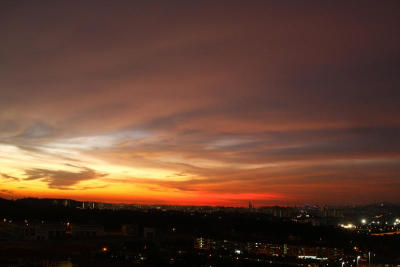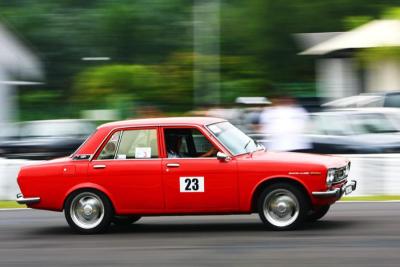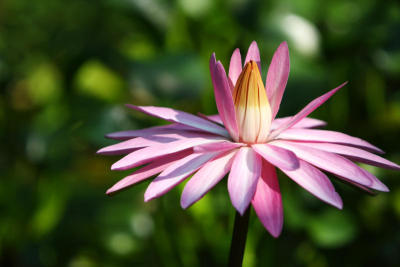By JASON LIOH
alltherage@thestar.com.my
MOST of you wielding DSLRs and semi-professional compact cameras will find a few icons and letters on your camera dials.
While the icons are mostly self-explanatory, the letters – P, A or Av, S or Tv or M – will take some figuring out and are in fact the five shooting modes that will help you.
Programme or P mode is a more advanced semi-automatic shooting mode. The camera decides both aperture value and shutter speed for you. Unlike fully automatic mode, you still have control over the exposure, ISO speed, white balance and flash power. You can even override the camera’s aperture and shutter speed if you see fit.
As such, it is suitable for general photography; food, travel, portrait, scenery or events. It is my favourite shooting mode as I only have to focus on composing and capturing my photos. It saves me a lot of time on deciding the suitable settings and doing trial-and-error.
In S or Tv shutter priority mode, the user presets the shutter speed and the camera will pick the best aperture value for a correctly exposed photo.
However, users will need to make sure the shutter speed is actually suitable, or else the camera will display an error (usually a blinking exposure bar or shutter speed indicator in your viewfinder) and produce an under or over-exposed photo. You may have to choose another shutter and ISO speed until the blinking error sign switches off.
This mode is best used in sports and fast action photography that requires you to capture motions using high shutter speed, up to 1/8000th second. You can use a slow shutter speed to create the illusion of movements in your photo or do panning shots.
On the other hand, aperture priority (A or Av) mode users will get to set the aperture value, with the camera automatically picking the right shutter speed. By controlling the aperture, you get to maximise or minimise the depth of field and focus point of your photo.
This is very useful in portraiture, landscape and macro photography where depth of field (DOF) makes or breaks a photo. DOF is the area in front of and behind your focusing point. A small aperture has large DOF and large aperture has small DOF.
If you have always wanted to take a photo that has a blurry background with a sharp and in focused subject, use aperture priority. This is probably the most widely-used mode.
Manual mode or M, leaves every available control and option to the photographer. It is important to have some knowledge in aperture, shutter speed, ISO speed, white balance and exposure before taking on the manual mode.
A photographer can break all kinds of ‘rules’ and preset camera algorithms to be creative with his photos, such as intentionally under or over-exposing his photos, or shoot photos with shutter speed that goes up to several hours.
It is useful in a controlled shooting environment, but not so much during events as every second spent fiddling your camera settings could mean a precious moment lost. However, if you are familiar with your camera and know your stuff, it’ll be an advantage to you.
Apart from PASM mode, there are other dedicated modes such as night scene, portrait, fireworks, scenery and sports which are really useful for beginners too. That will be another article for another day.
The writer blogs at jasonmumbles.com; you can also find him on Twitter (@jasonmumbles).




Tell us what you think!